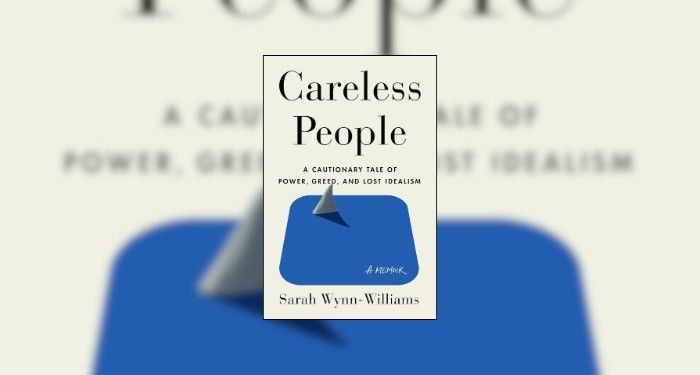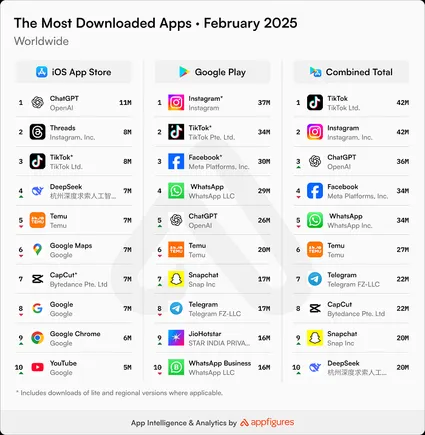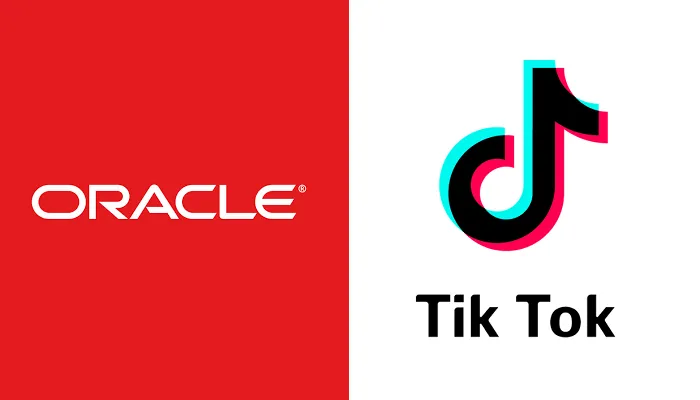Mandating a return to the office introduces a labyrinth of legal and regulatory intricacies that demand meticulous attention. No matter how well-intentioned, poorly executed policies can spark discontent, diminish morale, and potentially trigger legal entanglements.
This article offers practical strategies for navigating legal requirements for returning to the office while creating a workplace where your team feels supported and valued. Employee monitoring software can be a cornerstone for a seamless and transparent transition.
Key Legal Risks with Mandating Return-to-Office Policies
Compelling employees to return to the office can inadvertently introduce a minefield of compliance issues if handled without precision. Missteps can breed dissatisfaction, diminish efficiency, and spark legal disputes.
Tackling these obstacles head-on is vital to crafting a well-executed and harmonious transition.
Here are the key legal risks you must address to ensure a smooth return-to-office transition:
- Workplace Health & Safety Standards: Failing to provide proper ventilation, regular cleaning, and distancing can cause dissatisfaction and legal exposure.
- Data Privacy & Trust: Mishandling vaccination data or health records can breach privacy laws and erode employee trust.
- Compensation & Scheduling Complexities: Ignoring commute changes, hybrid schedules, or overtime rules can lead to payroll errors and compliance issues.
Strategies for Navigating Compliance Risks
Designing a return-to-office plan isn’t just a task on your checklist. It’s about building a workplace where everyone feels seen, heard, and genuinely valued during this pivotal shift.
By pairing well-thought-out strategies with a robust monitoring tool, you can unravel complexities and pave the way for a seamless transition. This combination lets you address potential stumbling blocks head-on while reinforcing your team’s trust.
These actionable steps will help make your return-to-office policies both effective and compliant:
Establish Robust Health & Safety Protocols
Research highlights that employees are 25% more engaged at work when they feel their health is genuinely cared for.
Look for safety risks like poor air circulation, frequently touched surfaces, or crowded areas. Upgrade outdated ventilation with HEPA filters or air purifiers, and place hand sanitizer stations in convenient spots. Encourage regular cleaning of shared items like printers to create a safe and cared-for workspace.
Physical distancing does not have to feel rigid. Simple adjustments to desk arrangements or meeting room layouts can create a safer environment without disrupting collaboration. Make these efforts clear by walking your team through the steps you are taking to prioritize their well-being. Demonstrating your commitment to their safety builds trust and enhances engagement.
Safeguard Privacy & Data Security
Safeguarding employee privacy and maintaining data security is crucial as teams make the shift back to the office.
Collect only the truly essential information, like health details required for compliance, and avoid asking for anything unrelated or unnecessary. Safeguard this data using a reliable system built to meet stringent privacy standards, such as those outlined in GDPR or HIPAA.
Engage in candid discussions with your team about what information is being collected, why it is essential, and how you are ensuring its protection. Explaining this clearly helps your team feel more comfortable and reduces any potential worries or misunderstandings.
A monitoring app can help protect privacy while still offering actionable insights. Configure the tool to focus on trends instead of tracking specific individuals. Leverage its privacy settings to limit who can access sensitive information. Share anonymized, summarized data with your team to keep them informed while safeguarding their personal information.
Ensure Wage & Hour Compliance
Automated monitoring tools are invaluable for accurately tracking work hours, overtime, and hybrid schedules, especially during the transition back to the office. These tools ensure compliance with labor laws while eliminating manual errors, which helps employees feel confident that their time and contributions are valued.
In fact, organizations using time-tracking solutions see up to a 30% reduction in payroll disputes, highlighting the importance of streamlined processes for compliance and transparency.
As teams transition back to the office, reexamining payroll policies becomes essential to account for shifts such as commuting times, hybrid work setups, or revised schedules. Conducting thorough reviews of timekeeping and payroll processes helps uncover inconsistencies, uphold compliance, and build confidence within your team.
Utilize Employee Monitoring Tools
Creating a compliant and equitable environment benefits employees and the organization as teams return to the office. Monitoring tools provide clarity, ensuring decisions are data-driven and aligned with legal standards.
By managing risks efficiently, these tools also enhance team accountability, boost morale, and maintain productivity during the transition.
The following are key ways monitoring tools can help you stay compliant and foster a positive workplace:
- Track Hours & Attendance: Automate time tracking to comply with wage and hour regulations, ensuring accuracy in pay and scheduling.
- Gain Insights into Work Patterns: Identify workload imbalances and areas where employees may need additional resources or support.
- Enhance Privacy Compliance: Modern platforms allow you to anonymize sensitive data, protecting employee privacy while delivering actionable insights.
- Promote Accountability & Transparency: Sharing productivity data with employees fosters trust and encourages self-management, ensuring everyone is aligned with organizational goals.
Conclusion
Clear communication, consistent training, and thoughtful planning create a workplace that balances organizational goals with employee well-being during the return-to-office process. Monitoring tools provide transparency and actionable insights to simplify compliance and build trust throughout this transition.
By combining these strategies, you can confidently create a fair and legally sound environment as your team adapts to the new workplace norms.
Have you read?
Longest and Shortest Life Expectancies in the World.
World’s Most And Least Stressed Countries.
Best cities in the world.
Largest Economies in the World by GDP (PPP).
Largest Asset Owners In The World.
Bring the best of the CEOWORLD magazine’s global journalism to audiences in the United States and around the world. – Add CEOWORLD magazine to your Google News feed.
Follow CEOWORLD magazine headlines on: Google News, LinkedIn, Twitter, and Facebook.
Copyright 2025 The CEOWORLD magazine. All rights reserved. This material (and any extract from it) must not be copied, redistributed or placed on any website, without CEOWORLD magazine’ prior written consent. For media queries, please contact: info@ceoworld.biz







































































